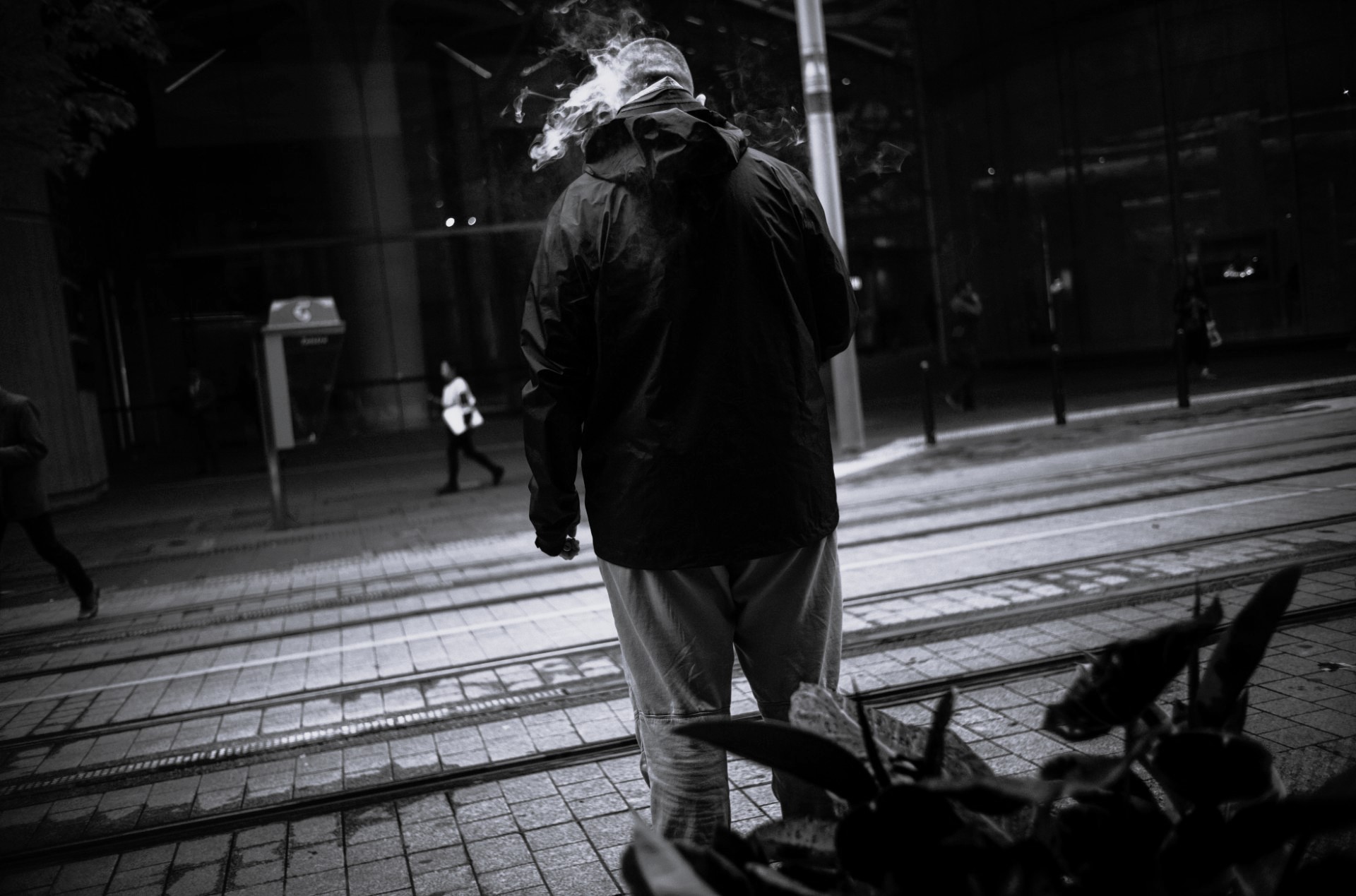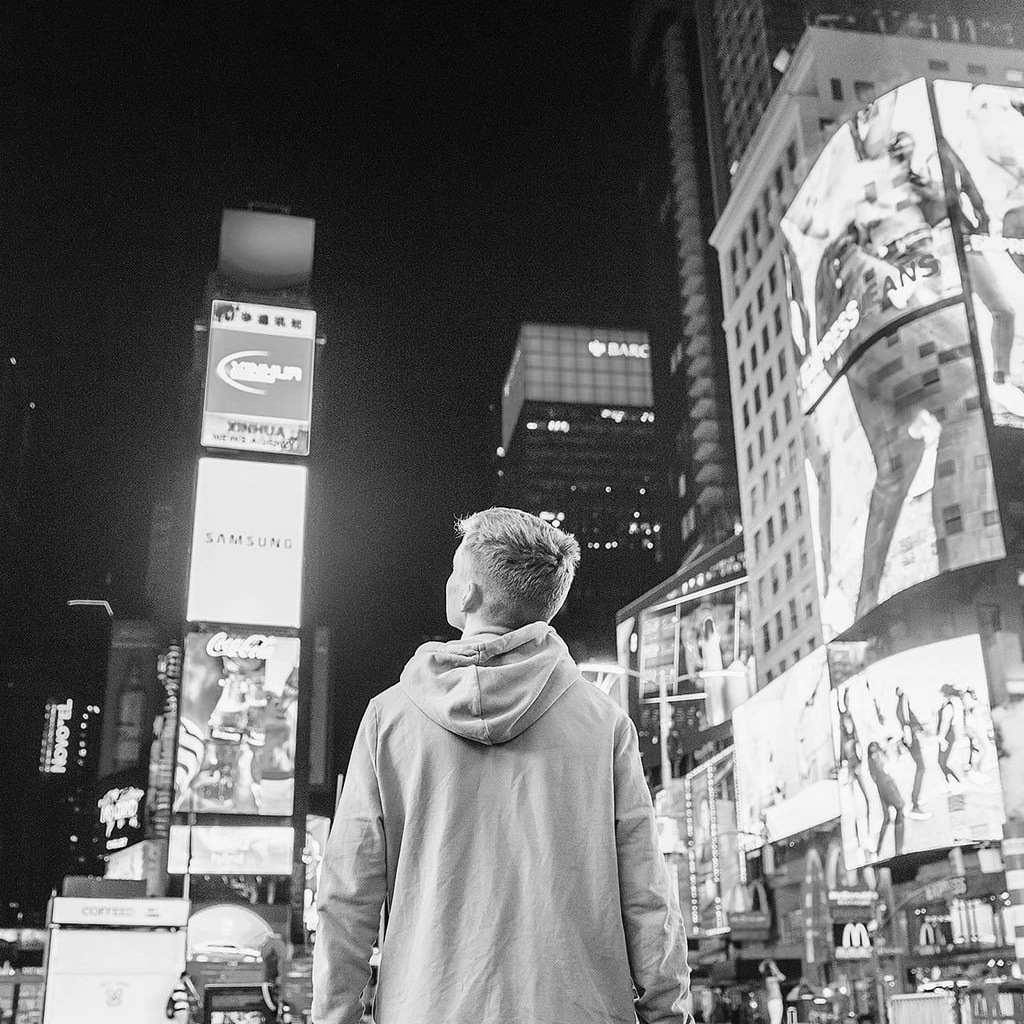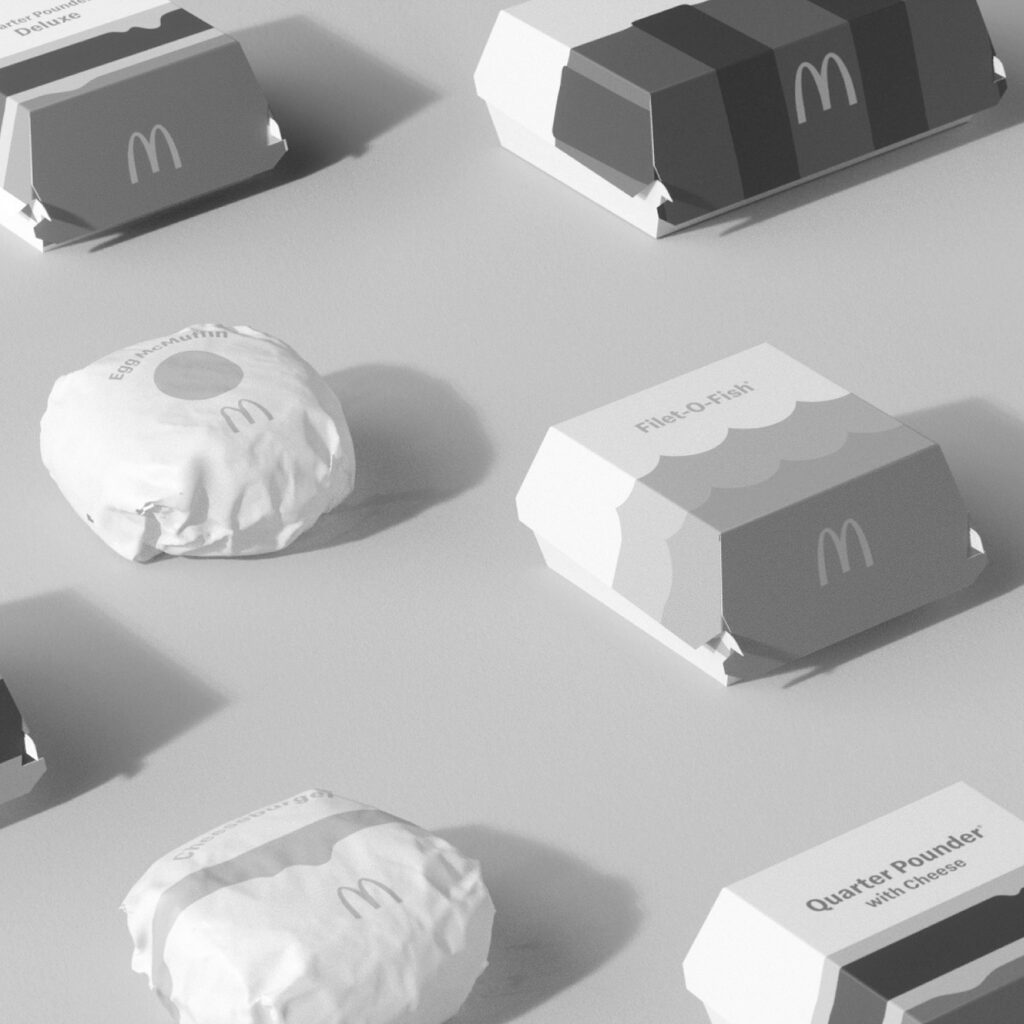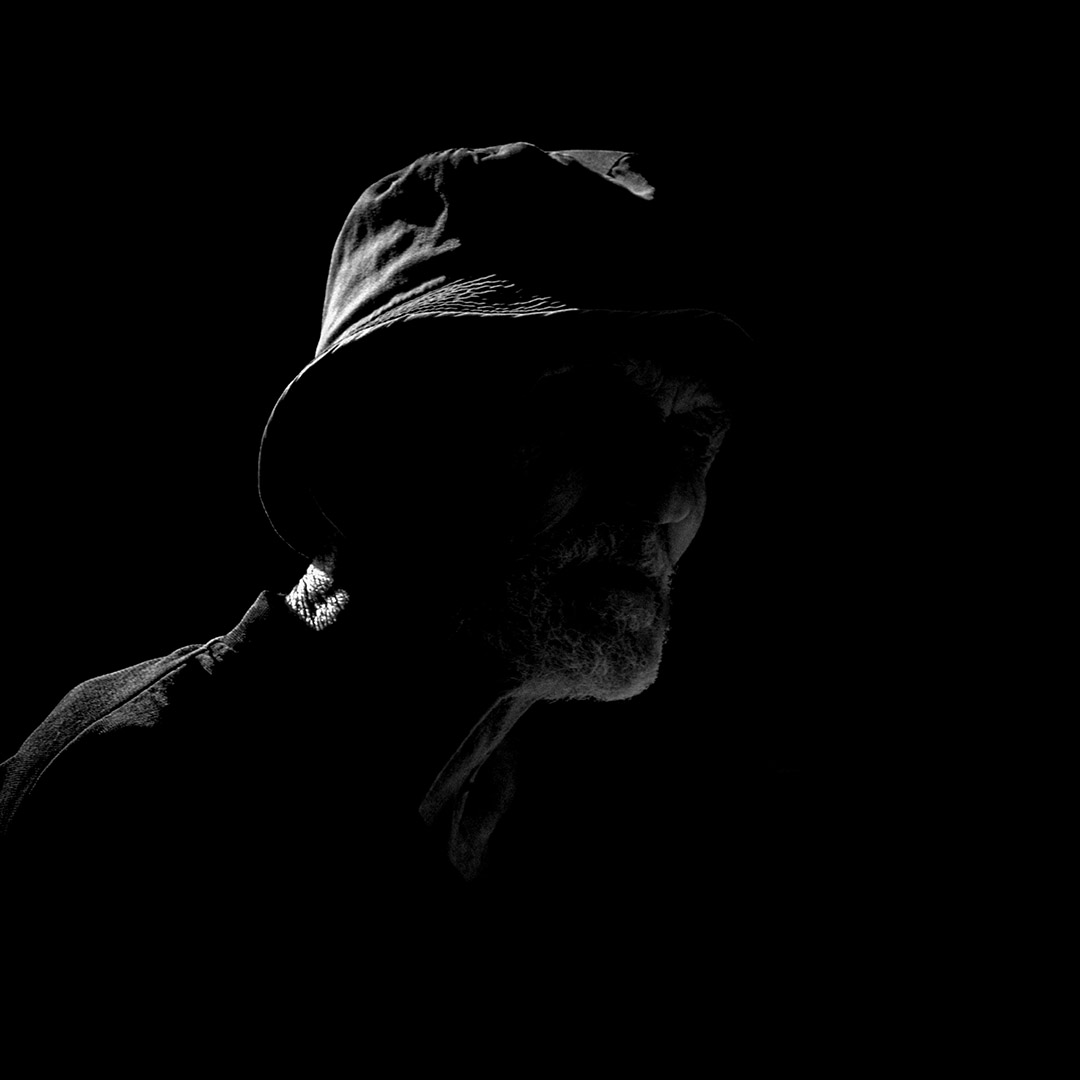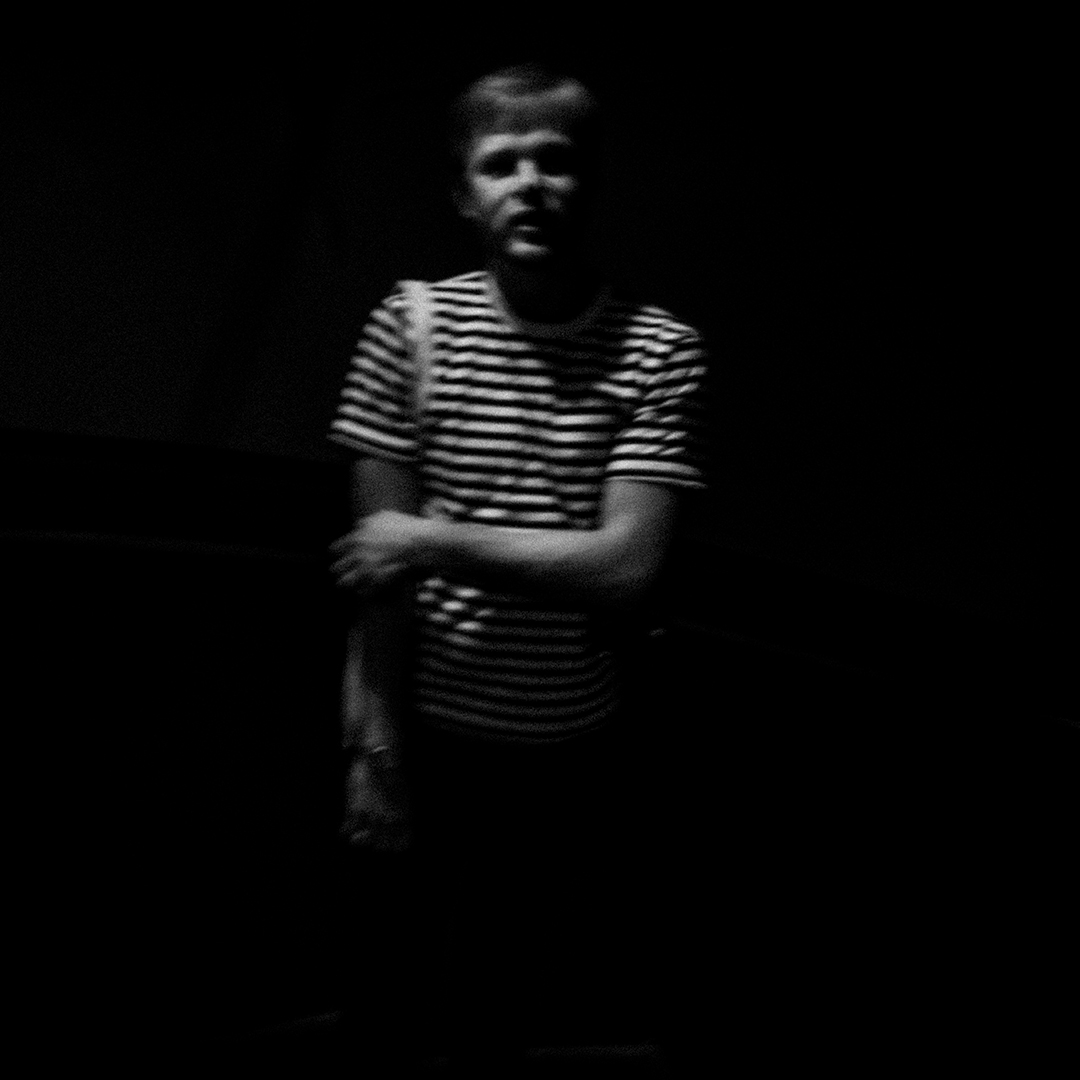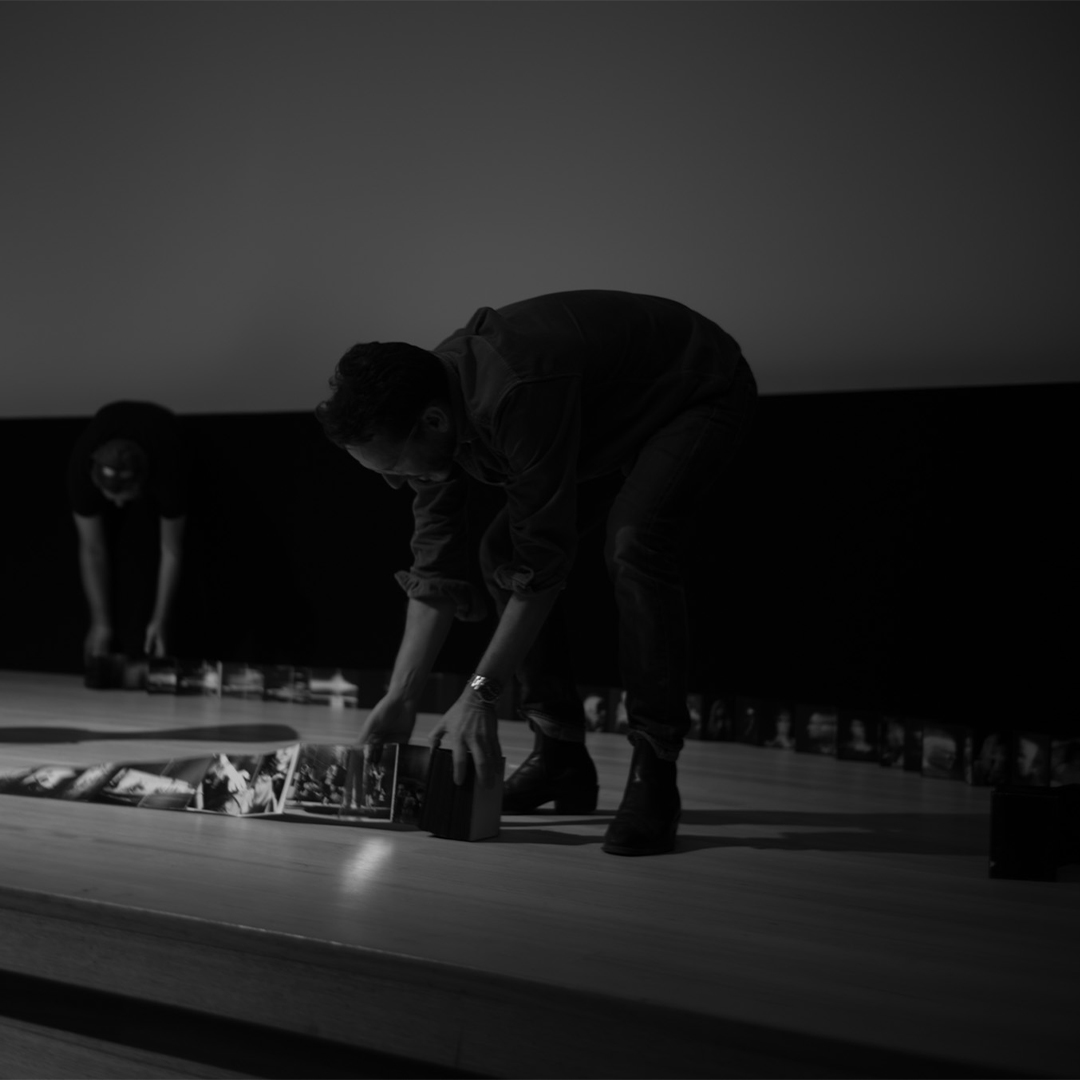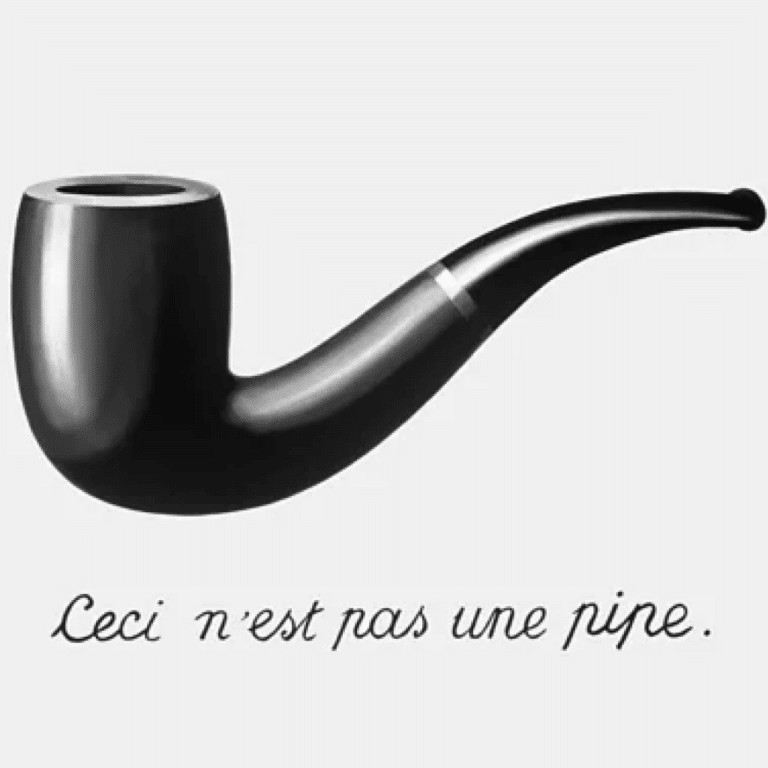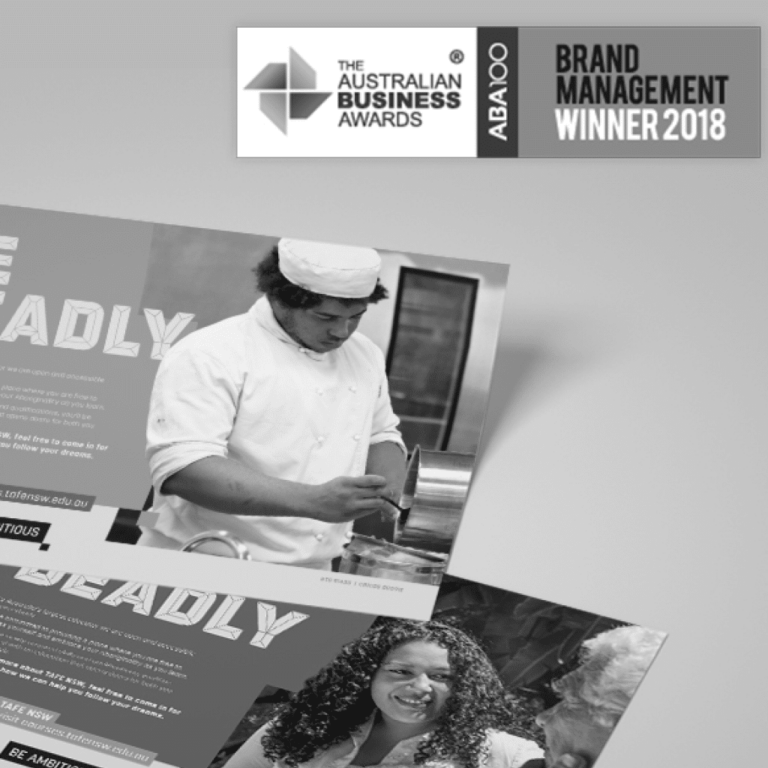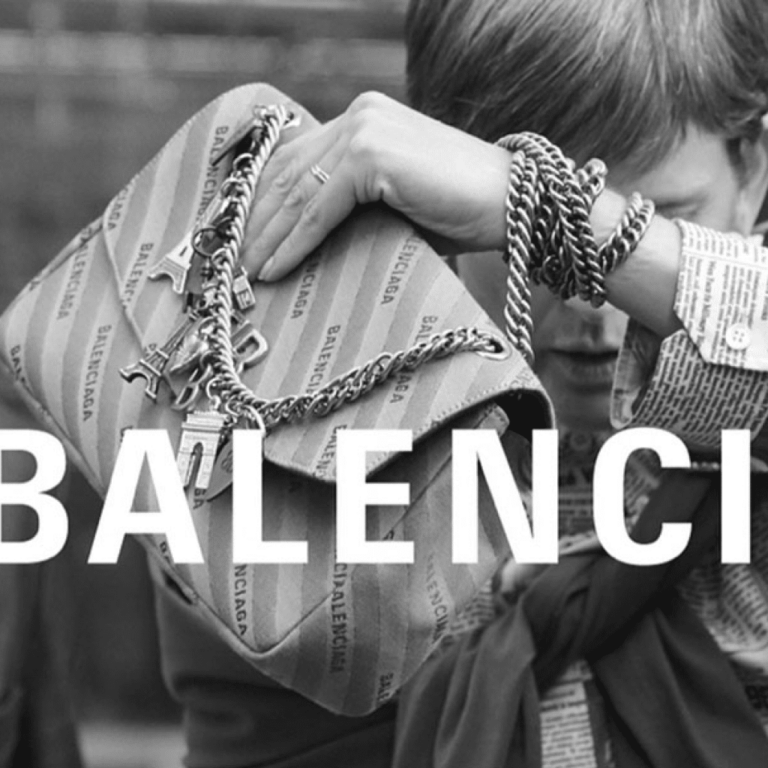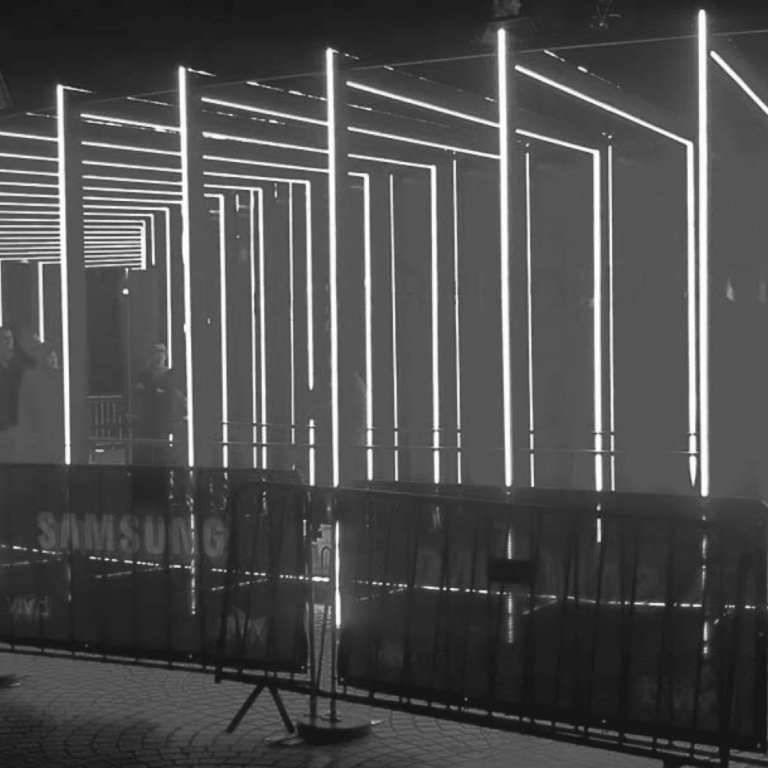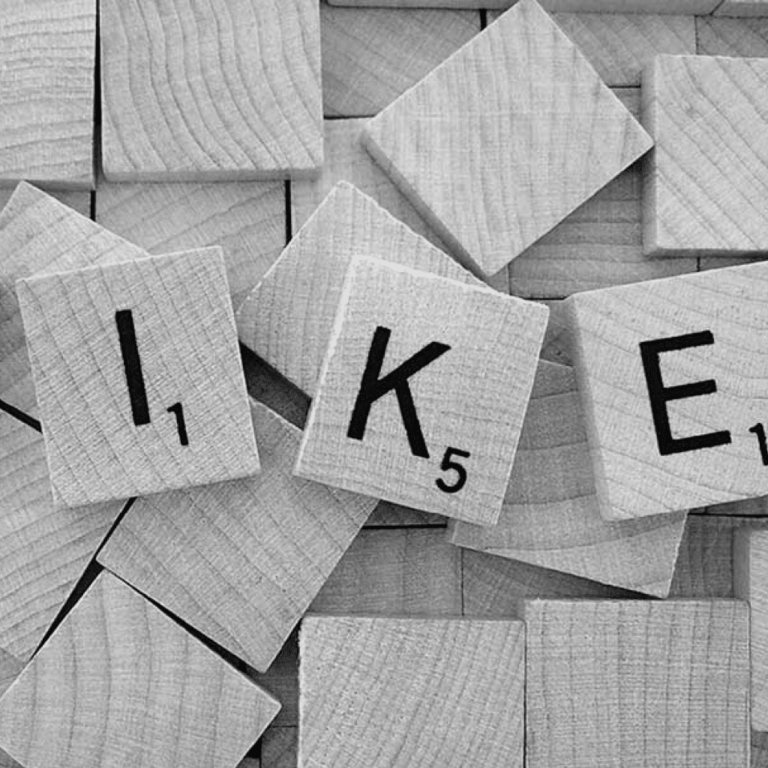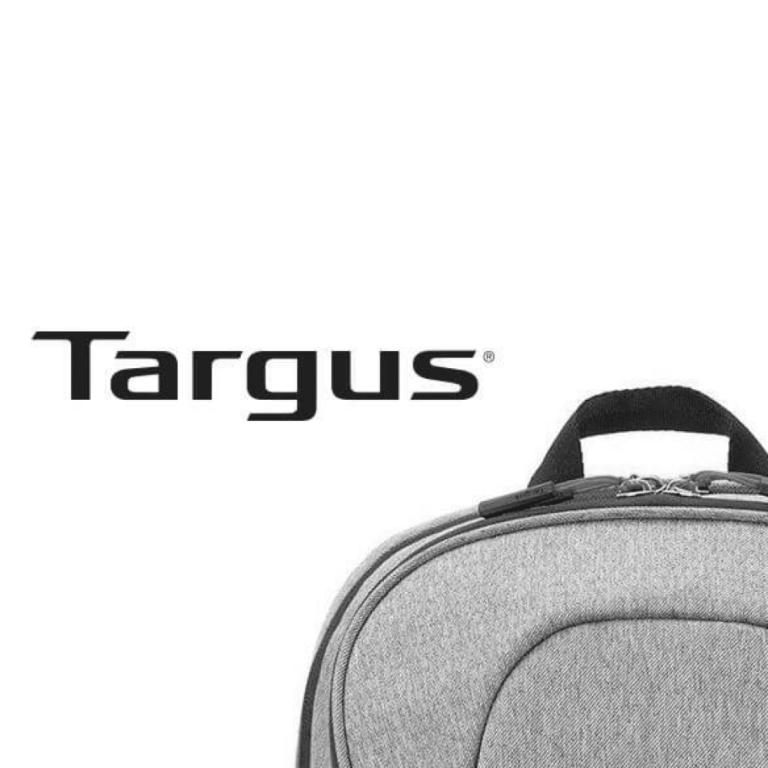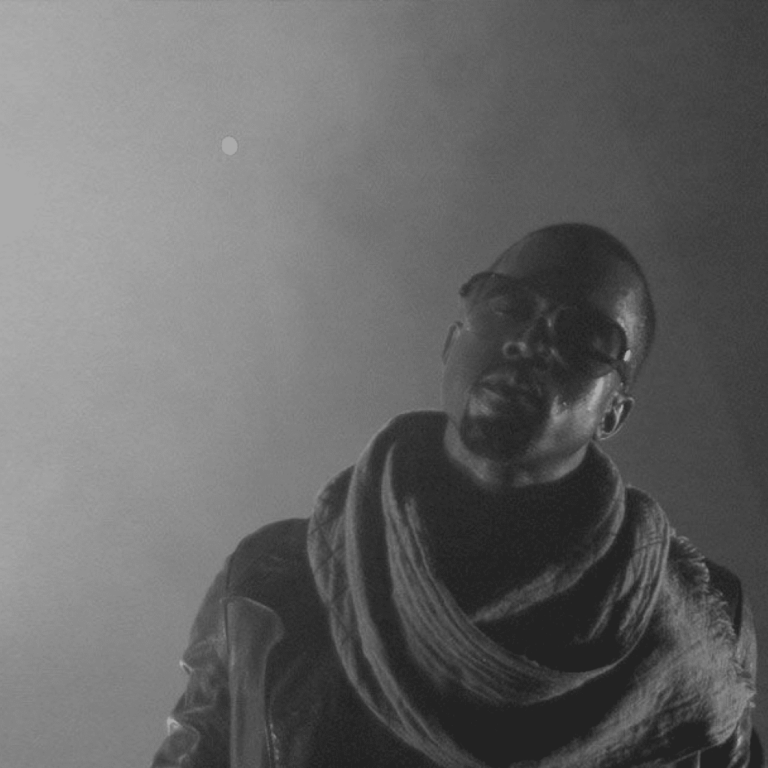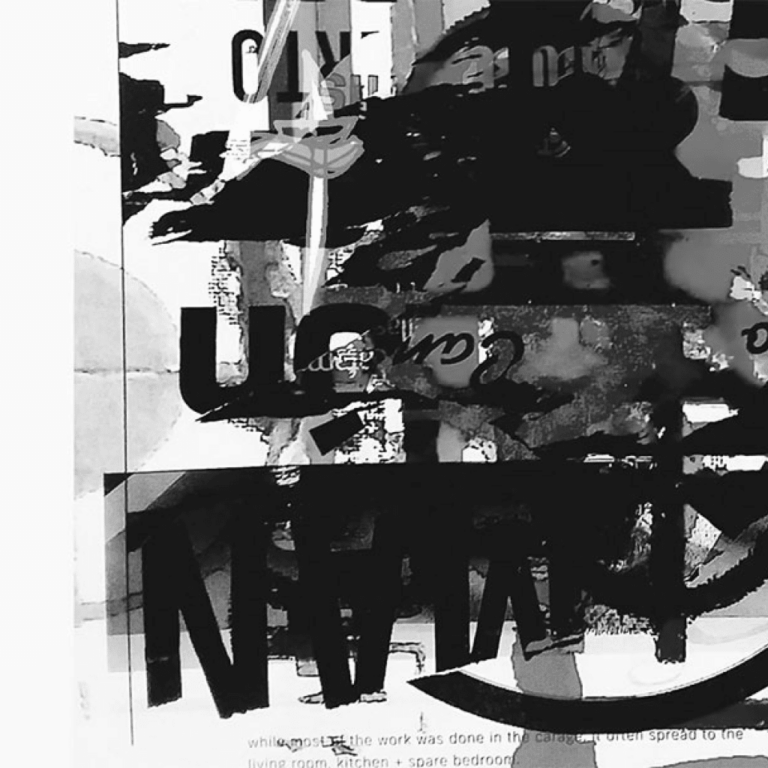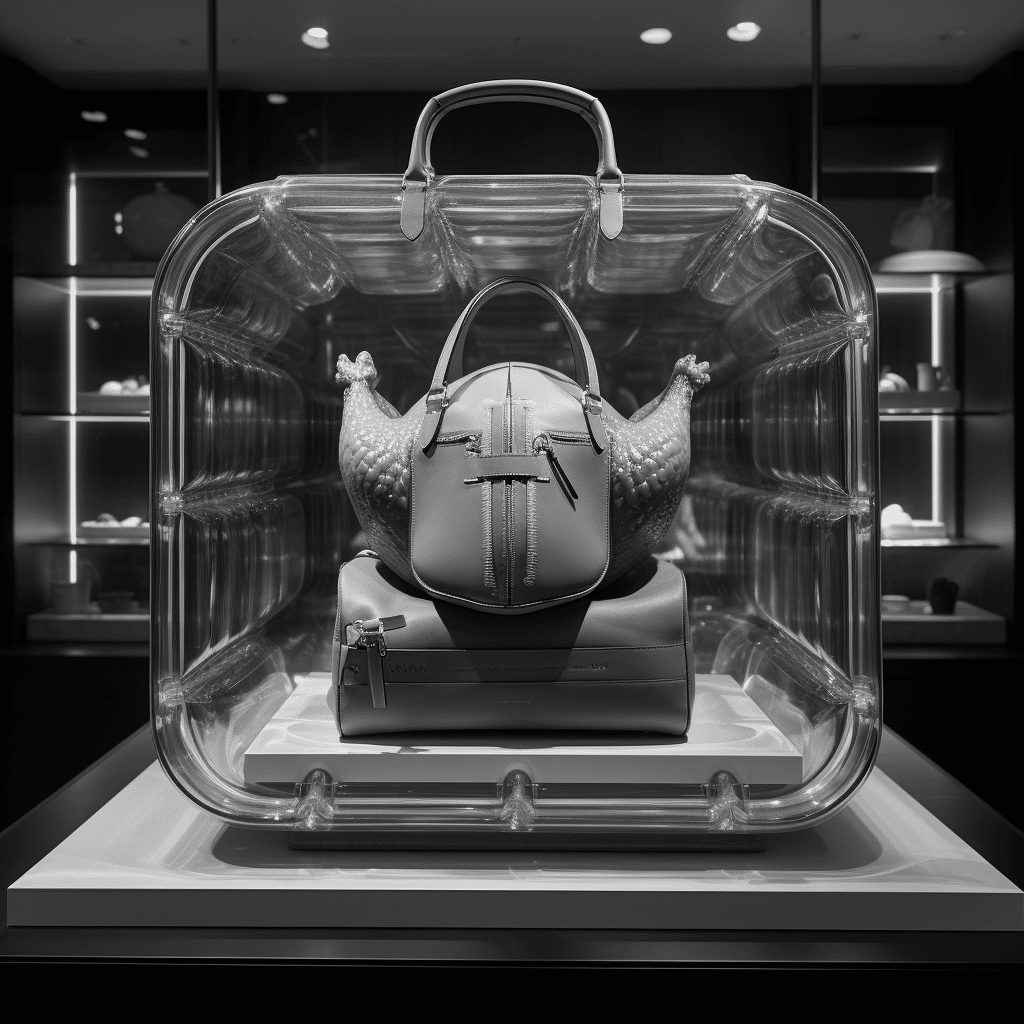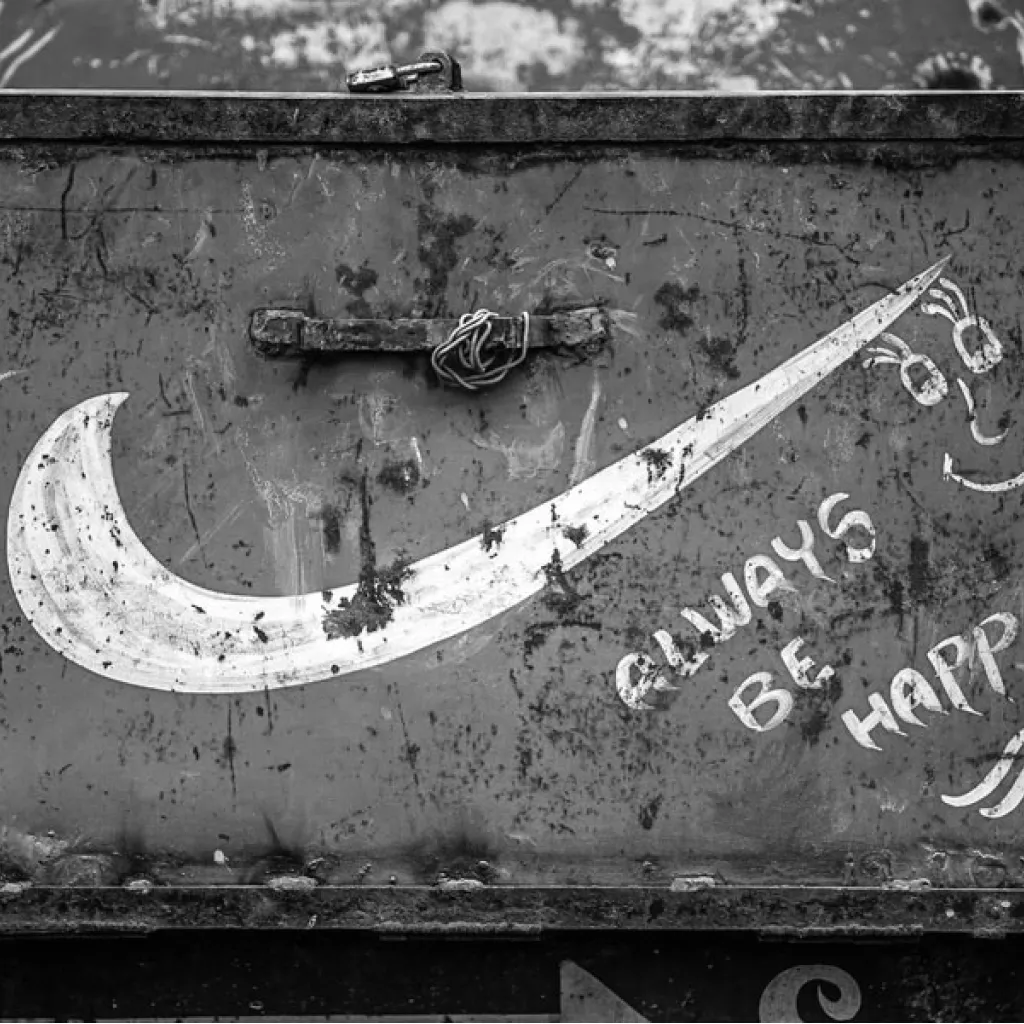INSIGHTS / BRAND & STRATEGY
GAME OVER – WHAT CAN WE LEARN FROM THE DEATH OF A BRAND
Uberbrand on 4/07/2018
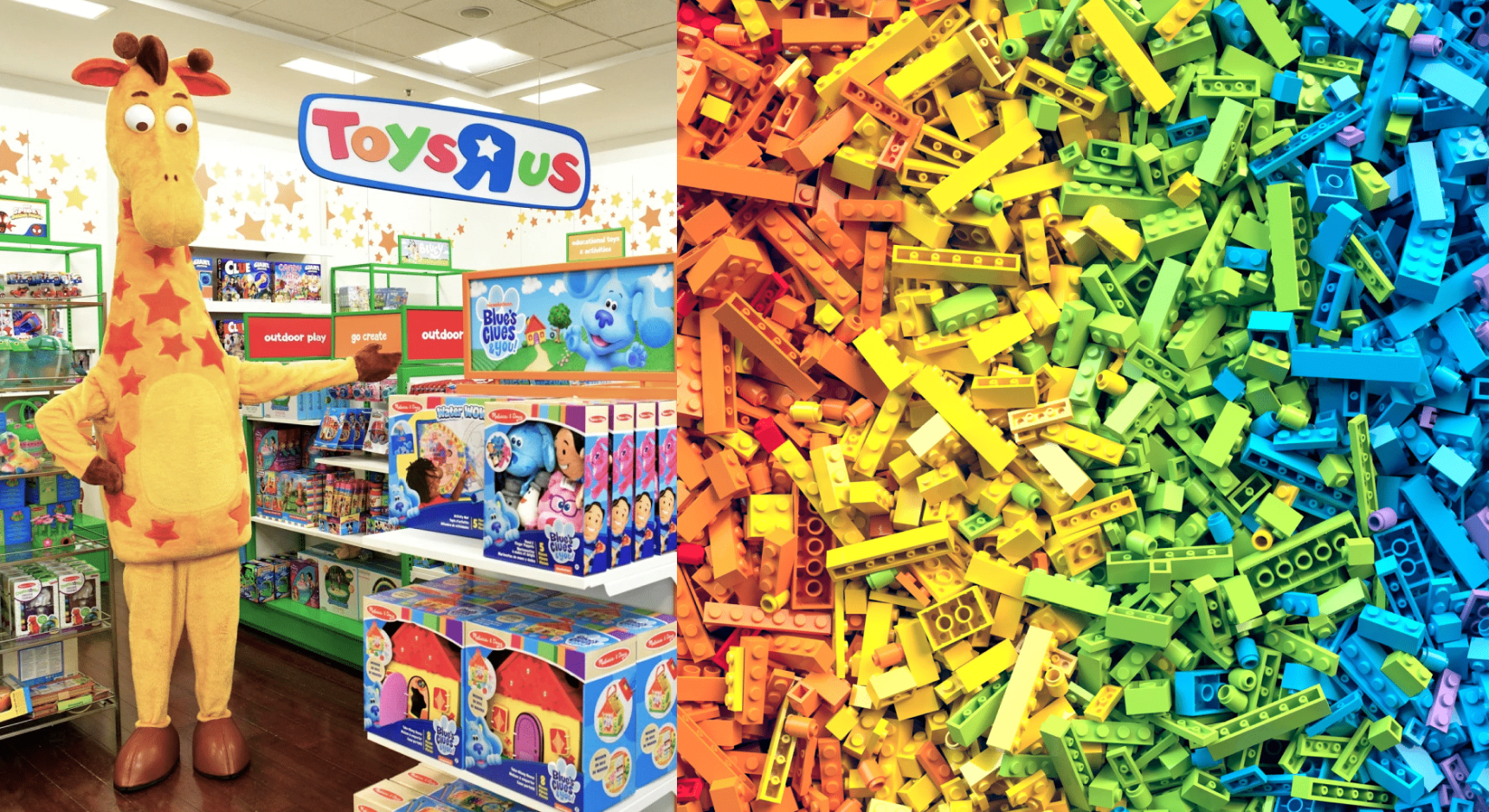
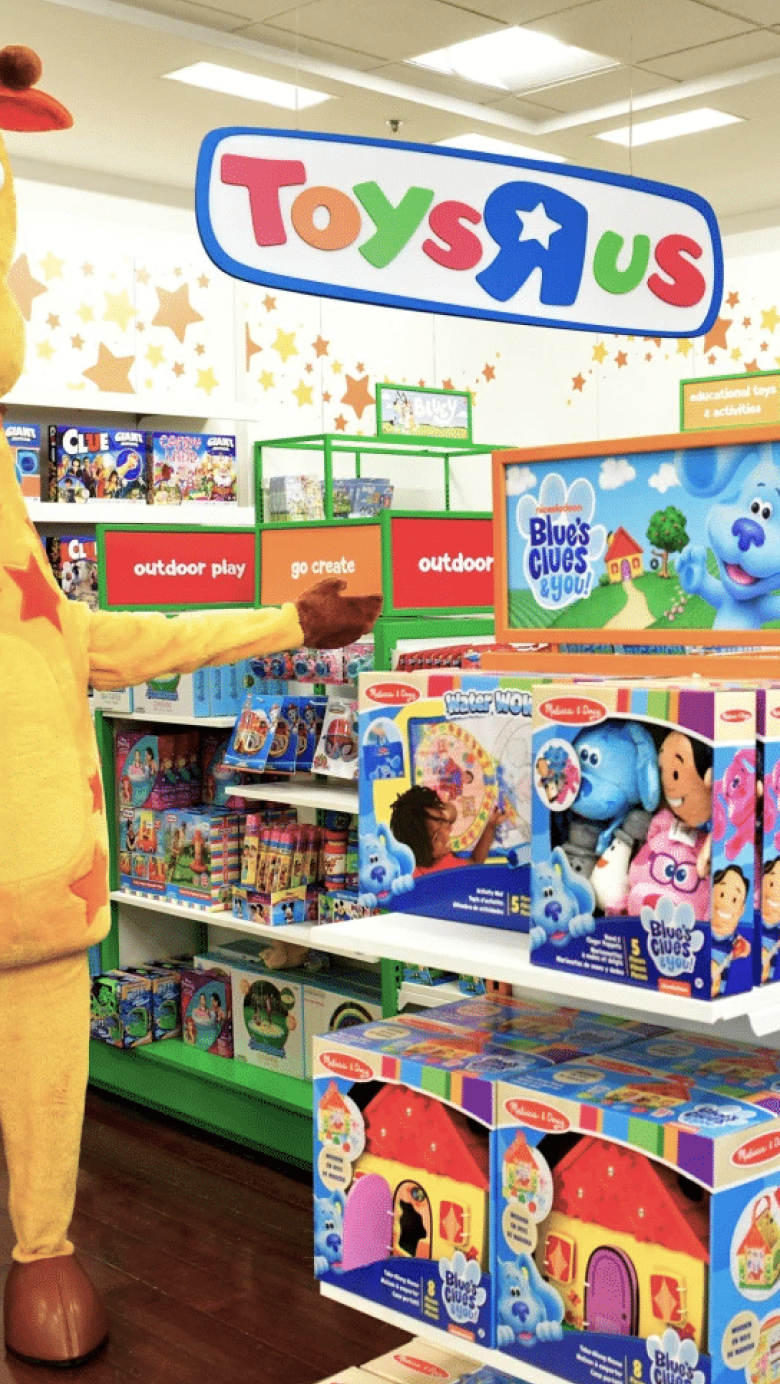
“Generations mourn as an institution of fun closes all stores in the US, UK and Australia. But what can brands learn from Toys ‘R’ Us and their mistakes?”
R.I.P Toys ‘R’ Us.
The collapse of the brand has provoked a dramatic and impassioned response. It began with a photo of the brand’s mascot, Geoffrey the Giraffe, with a wheelie suitcase, waving goodbye from a desolate store, about to take an eternal holiday. It developed into a myriad of sad and irreverent memes circulating the internet like the sniffles in flu season. No-one, it seems, was expecting such a well-known brand to just disappear from the consumer landscape like that. So, how do we make sense of this? And what can we learn from the demise of Toys ‘R’ Us?
What went wrong?
It might have seemed like Toys ‘R’ Us had a bulletproof brand. They’ve been in the game for 70 years. Their trademark whimsical backwards “R” has survived countless LOGO REDESIGNS. Geoffrey Giraffe has endured too, though he might have had a facelift here and there. The “R’ Us” suffix alone has achieved a kind of legendary status, appropriated into countless other consumer and pop-cultural contexts. However, the fact that these aspects of their brand were left in place for so long is an indicator as to what went wrong: the brand went stale. They didn’t evolve with time. With this in mind, their final statement on their website was ironically fitting, “Promise us just one thing: Don’t ever grow up. Play on!”
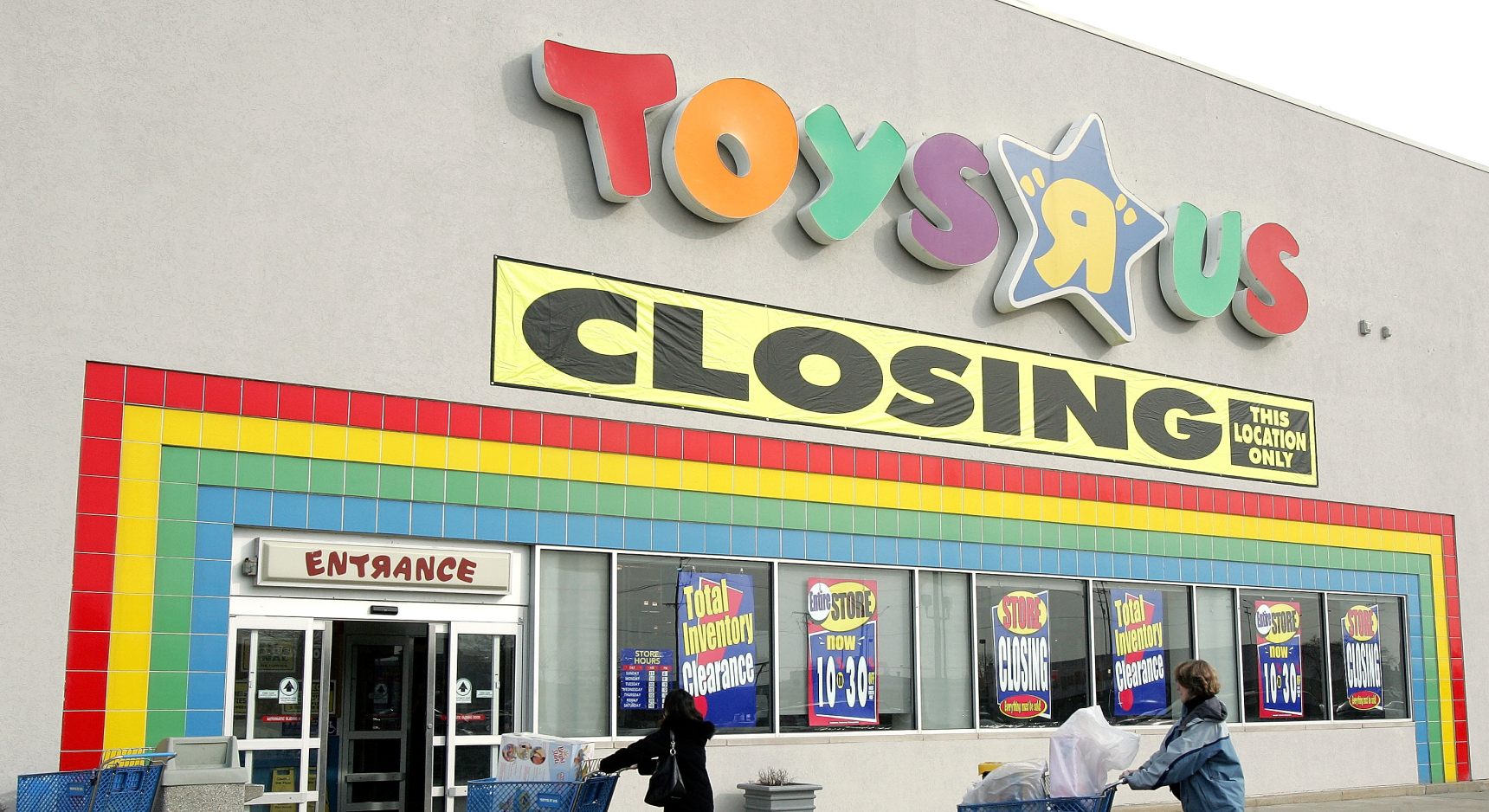
It can be said that Toys ‘R’ Us didn’t grow as a brand, playing the same game with little imagination. The bankruptcy and subsequent dissolution of the company illustrates that they failed to adjust to the new challenges of a changing consumer landscape. Whist the brand might have at one point dominated the toy market, their reign was ended when bigger fish like Walmart and Amazon came onto the scene. The company fell victim to complacency, sitting on their laurels when they should have been adapting to stay abreast with the world around them.
The Lego brand rebuild.
There are echoes of a similar story to be found here, a story from another children’s brand. Theirs is a happier story though. Lego is one of the world’s most iconic brands. They’ve transcended function as simple plastic building blocks, becoming a powerhouse in culture and entertainment ranging from theme parks to films to computer games, for both kids and adults to enjoy.
However, it hasn’t always been smooth sailing, and choppier waters almost sunk their ship not too long ago. In the early 2000s’ things were not looking good for Lego. Crisis struck. After almost 70 years of business without a loss, 2003 saw the company lose the equivalent of over 380 million AUD. With debt threatening to swallow up the family owned company, the future was looking bleak. Thankfully, the brand was able to take charge of their situation and transform themselves internally with minimal impact on their external perception. Despite massive cost-cutting, Lego maintained their core identity and values. This allowed them to retain their integrity and remain the benchmark for toy brands.
Stay fresh
This thorough interrogation of oneself in order to understand what’s important is something that Toys ‘R’ Us could have benefited from doing. Both brands under discussion were guilty of being too conceited to confront a problem for far too long. Lego was at least intelligent enough to realise this and change their ways before it was too late. Toys ‘R’ Us, unfortunately, were not. Their BRAND STRATEGY remained relatively unaltered from top to bottom, despite the colossal shifts taking place in the 21st century.
The impact of technology has changed the way play looks for children. These day, toys are just one part of a spectrum of entertainment options, and many of these options are found on a screen. As mentioned earlier, the Lego brand comes with countless games, films and more that take advantage of the ongoing tech revolution. What more could the “R’ Us” have stood for beyond toys, in order for the brand to stay relevant for a new generation of consumers?
Beyond technology, our spectrum of contemporary consumerism is also coloured heavily by experience rather than pure product. This again is something that Lego has continuously nailed, refined and pushed. Without even mentioning theme parks, a trip to a flagship Lego store is like a trip to wonderland. It’s more than a shop. It’s an interactive temple dedicated to everything the brand stands for. This is a feature shared by stores offered by many successful brands – from Apple to Nike. Yet what did you get when you entered a Toys ‘R’ Us? Aisles of boxed products beneath fluorescent lighting, architecture left more or less unchanged for decades. For a company that supposedly prided themselves on the play, fun and magic that toys symbolise, they didn’t use much imagination to bring this energy into their brand experience.
—
So what can we learn from the collapse of this brand? Well, the fall of Toys ‘R’ Us and the self-revival of Lego teach us that a strong brand isn’t eternal. Brands are sculpted, pruned, finessed over time. These two giants, with their heart and soul in playtime, have shown us that brands need to stay true to (and sometimes reinvent) themselves if they wish to stay relevant – and alive.
A branding agency can help guide this transformation to ensure long-term success.
Quick Links
Address
Level 7, Suite C,
140 William Street
Woolloomooloo NSW
2011 Australia
Contact
uberbrand ©2024
